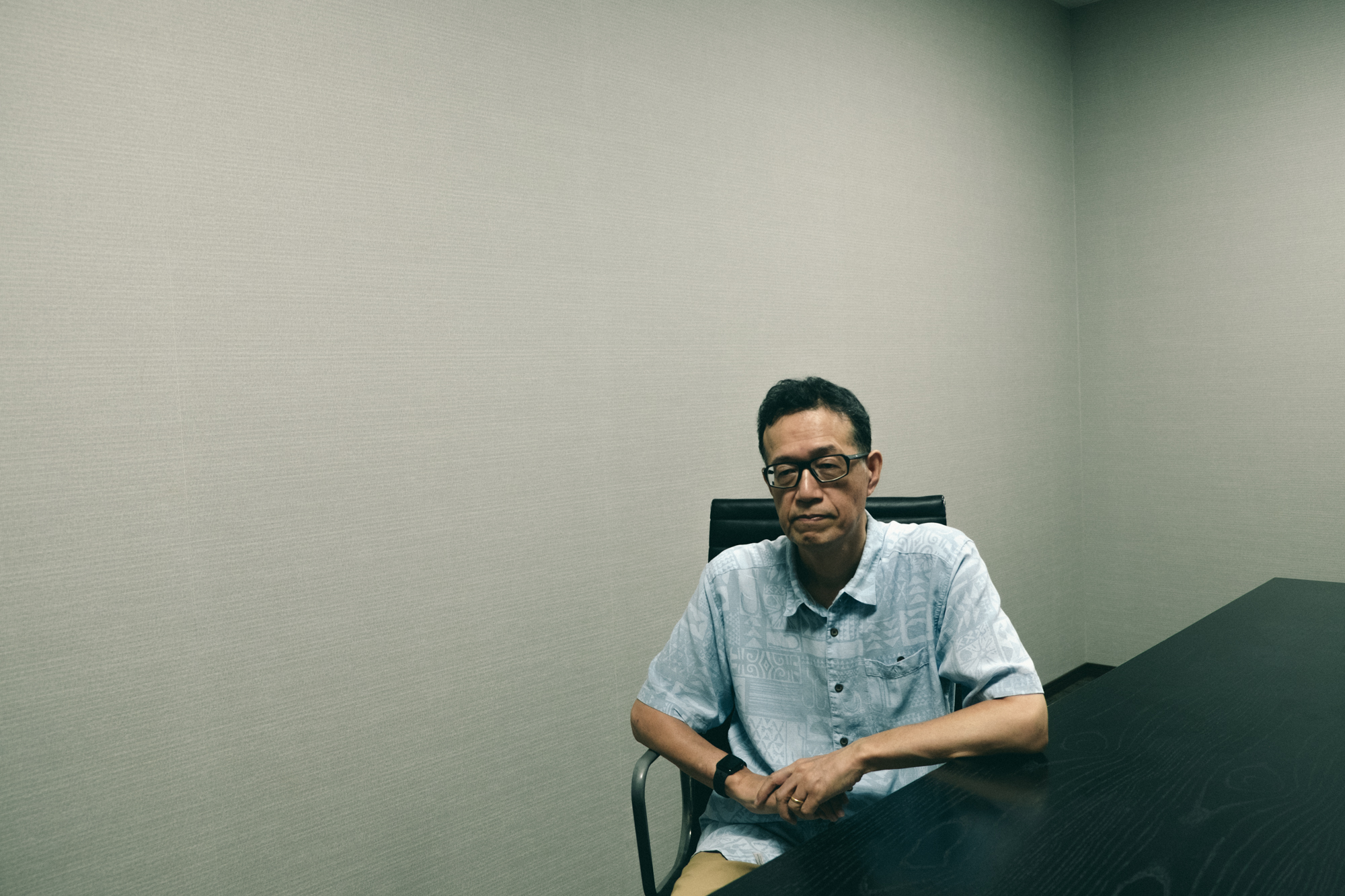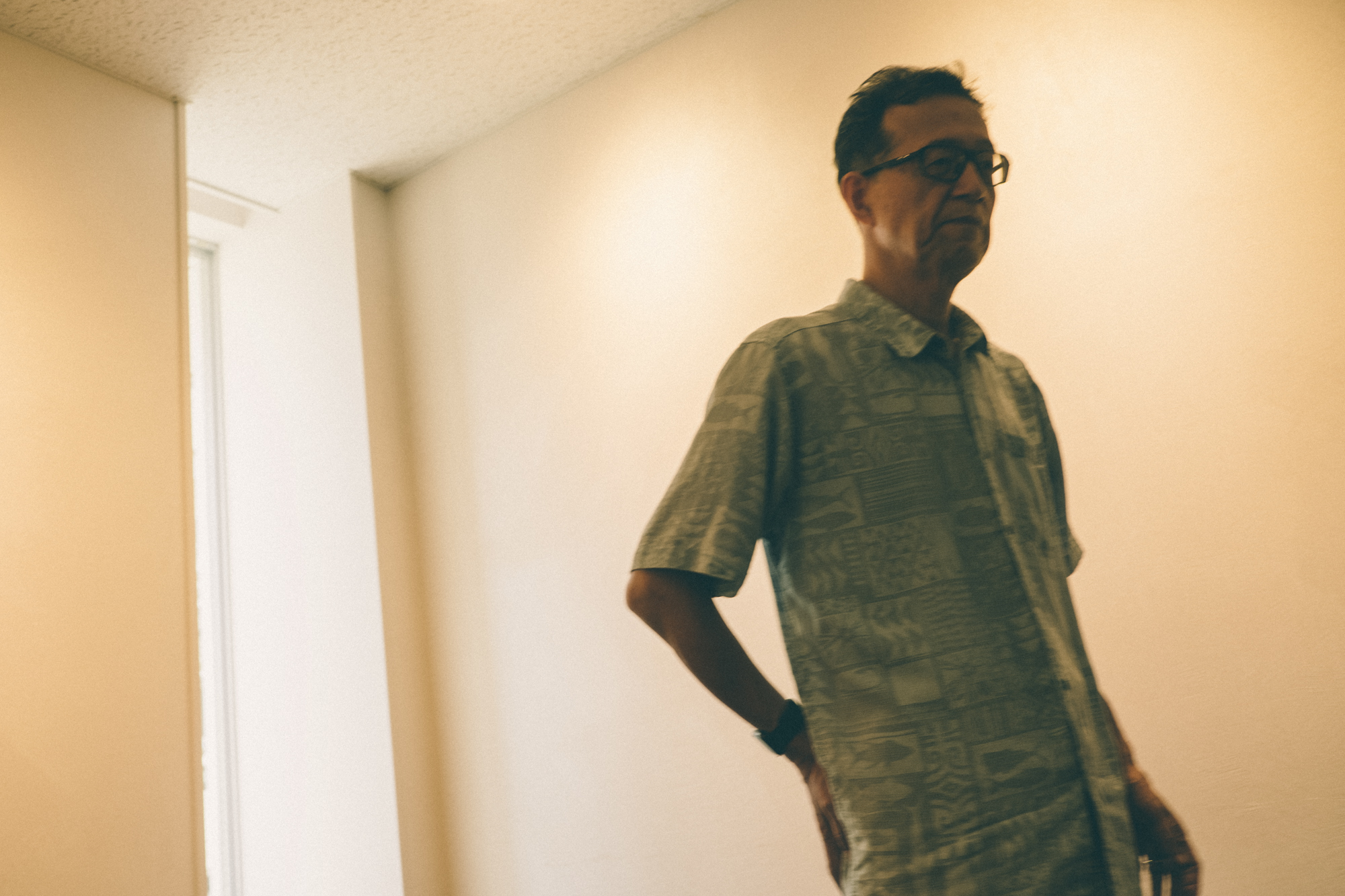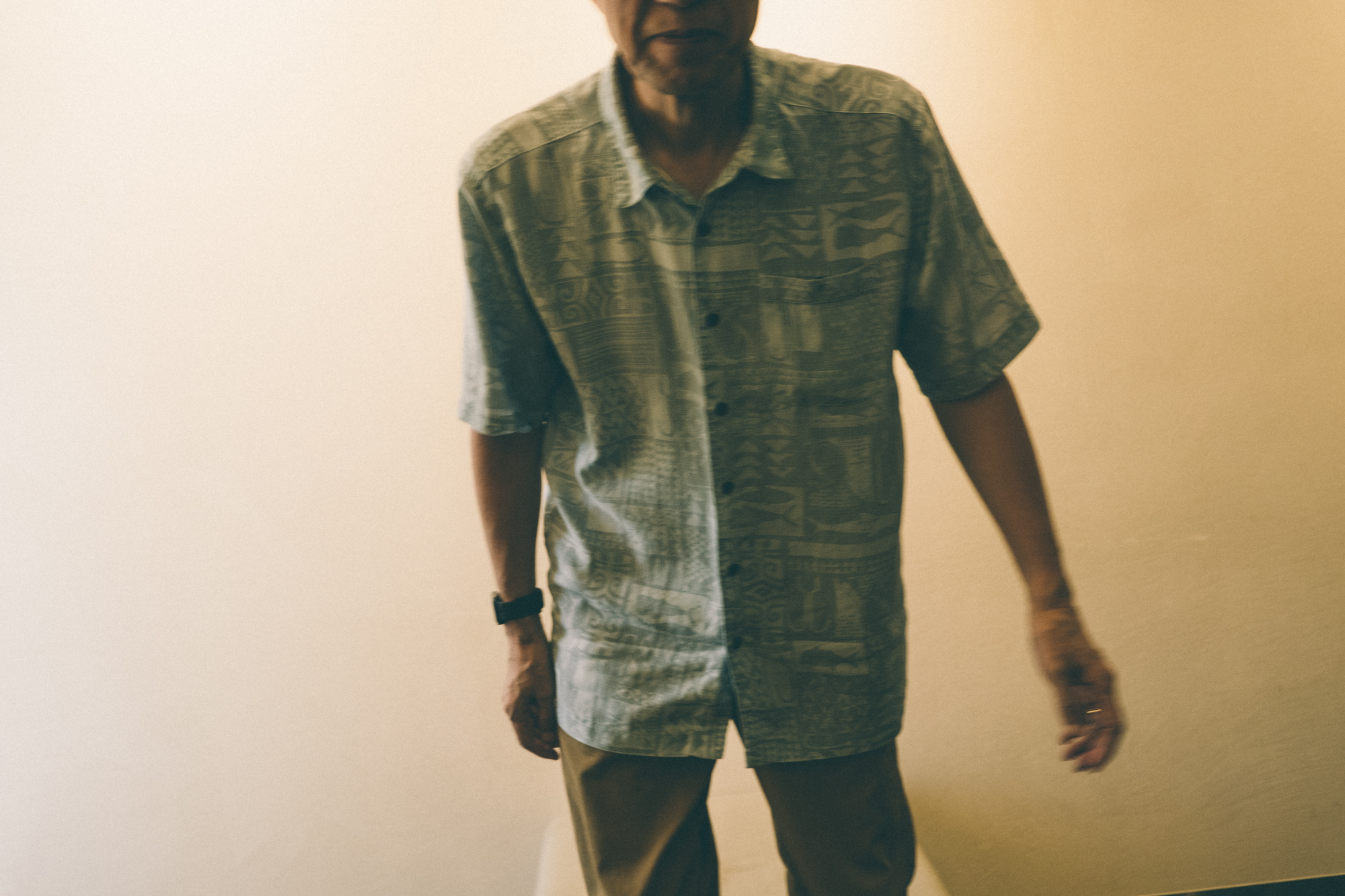
The Compatibility of Shirow’s Works With 3D CG According to Shinji Aramaki: The appeal of “Ghost in the Shell,” unveiled by the latest technology, and its future prospects #01
Text: Satoshi Asahara / Photo: Yusuke Yamatani“I had followed Shirow since he was a dojin fan-manga creator,” says Shinji Aramaki. He directed the 2004 film Appleseed, which garnered attention as the world’s first 3D CG-animated film to incorporate motion capture technology. His proficiency in mechanical designs, coupled with his expertise in enhancing the allure of the original manga through cutting-edge technologies, is evident even in collaborative directorial efforts, such as his work with Kenji Kamiyama on Ghost in the Shell: SAC_2045. Both are works that Aramaki wanted to undertake willingly, but what makes Shirow Masamune’s creations so compelling that inspires such passion from him? In this discussion, we inquired about his enthusiasm for the original works, delving into the challenges and advantages of production work, and exploring the possibility of a sequel in the future.
#01 "Ghost in the Shell" Is a Straightforward Work
-When did you first encounter Ghost in the Shell ?
Shinji Aramaki (“Aramaki”): I followed Masamune Shirow’s work from the start, back when he was announcing dojin fan releases. I even read Black Magic, his debut work. A friend had told me there was a really good artist out in Kansai, and when I got hold of his works to see, I was blown away by how much better he was than I had imagined. After that, I found out we had a mutual acquaintance and that Shirow sometimes came by the studio I worked at to hang out. I think it was around 1988 when I heard he was getting a new serialized work in “Young Magazine,” and that got me excited. He might not remember any of this, though. *laughter* The serialized work I was talking about there was Ghost in the Shell, so I patiently waited for the day when the first volume would be released and read it in one go.

-What was your impression after first reading it?
Aramaki: It felt like diving into the heart of the cyberpunk genre, which was booming at the time. The monumental sci-fi film Blade Runner had already come out at that point, and similar sci-fi stories were hot, but Ghost in the Shell is a work that skillfully adapted cyberpunk into manga through the right person in the right manner. The setting is quite difficult to grasp and confused some people at the time, but I personally found it easier to understand than Black Magic and Appleseed. I thought it was a very catchy story that was easily digestible for the average reader, suitable for “Young Magazine” as a medium.
-At that time, I think it was an era when the concept of the Internet had not yet permeated society, so the impression of “easy to understand” is surprising.
Aramaki: I find Ghost in the Shell a lighter read compared to the complex concepts involved in the setting for Appleseed. Later on, I ended up getting to work on the anime film adaptation of Appleseed and told Shirow the same thing when we met. He said, “That’s exactly right.”

-The 2004 Appleseed film drew a lot of attention at the time as the forerunner for fully 3D CG anime. What all informed the decision for you to direct it?
Aramaki: A full explanation would get really long, so I’ll give you a concise version. At the time, I worked with a producer who was involved with fully-CG anime, and he talked with me about it. “I’m working on a fully CG film, but it’s having issues and hasn’t come together,” he said. I asked the title, and it was Appleseed. As a follower of Shirow’s, my immediate response was, ”I’ll work on it! I’ll make it work somehow!” *laughter* When I went to the studio and checked out the test film, it was pretty terrible, so I resolved to go all out and redo everything from scratch, including the scenario. We didn’t have much time or money, so I can see it was a stupid challenge to take on. As a result, in the end we made it to release just a year and a half after starting work, which…I feel went well, if I do say so myself.
-Were you confident when you took on the role of director that Appleseed would be suited to 3D CG?
Aramaki: As you might expect, I find the appeal of Shirow’s art to be the density and the sense of speed. Personally, I felt that the hand-drawn animation at the time the manga came out struggled to reproduce those aspects. I vaguely felt a hope that it might become possible with the use of 3D CG. Appleseed was an excellent opportunity to demonstrate that. It was a lucky thing that Digital Frontier joined in for the video production just when the project resumed. They mostly made video for games at the time, and Appleseed had to have been their first fully 3D CG anime. Even so, they had a lot of young staffers in their 20s and put together incredible video on a tight schedule.

-I know Masamune Shirow’s works can inspire other creators, but is Ghost in the Shell one of those that does it for you?
Aramaki: Of course. The art in Ghost in the Shell is dense, too, and it’s also oddly realistic in depicting the near future, so it’s fully textured. In some regards, it also asks questions about human spirituality when a fully digital society arrives, alongside action elements with futuristic gadgets like optical camouflage as well as appealing characters. I feel it fuses all of these elements smoothly for a very dense work of entertainment. I suspect Ghost in the Shell may have been the first work to portray the interplay between network technologies and digital gadgetry in authentic cyberpunk. Blade Runner is also considered to be cyberpunk, but there’s no internet in its world.
-Will you give us a bit more detail on the “density” of Masamune Shirow’s artwork, which you’ve mentioned a bit so far?
Aramaki: If you look over the original manga of Ghost in the Shell, you’ll see rain falling on a neon city filled with rows of skyscrapers and endless cars on the highways. The depictions are fairly similar to Blade Runner on that front, but Ghost in the Shell incorporates an additional digital layer and packs a lot of information into each panel of the manga. Even things like the direction of a casual glance by a character can have meaning, and I find new things each time I go back through them. Appleseed is the same that way. It goes down to the slightest detail, with the densities of information and imagery both balanced together, not overreaching each other.

-Doesn’t that also make it harder for the people doing the adaptation to video?
Aramaki: Yes, it does. As a manga, it has a lot of fans who have taken the time to learn it down to the slightest details, so if I didn’t know it even better than them, people would end up saying I didn’t know it at all. As a series, it comes with some of that sort of anxiety. But when we finished the Appleseed film, we held a screening, and Shirow came. After the film ended, the first thing he said when I saw him was, “Thank you for understanding my work.” I take him at his word, since he’s not really a smooth talker with compliments. *laughter* I remember being extremely happy then. I feel like he recognized my focus on the details, like depicting our heroine as slender at first glance but muscular, and things like that.
Continued to #02 Insisting on “Full 3D CG, Even the Backgrounds”
SHINJI ARAMAKI
Born October 2, 1960. Native of Fukuoka Prefecture. Began his career working in mechanical design while a university student. Mecha designer for TV anime works Genesis Climber MOSPEADA, Gasaraki, and “Astro Boy,” among other series. Director of the films Appleseed, Appleseed Ex Machina, “Harlock: Space Pirate, and “Appleseed Alpha. Co-director of the anime “Ultraman” and Ghost in the Shell: SAC_2045, currently streaming on Netflix.
